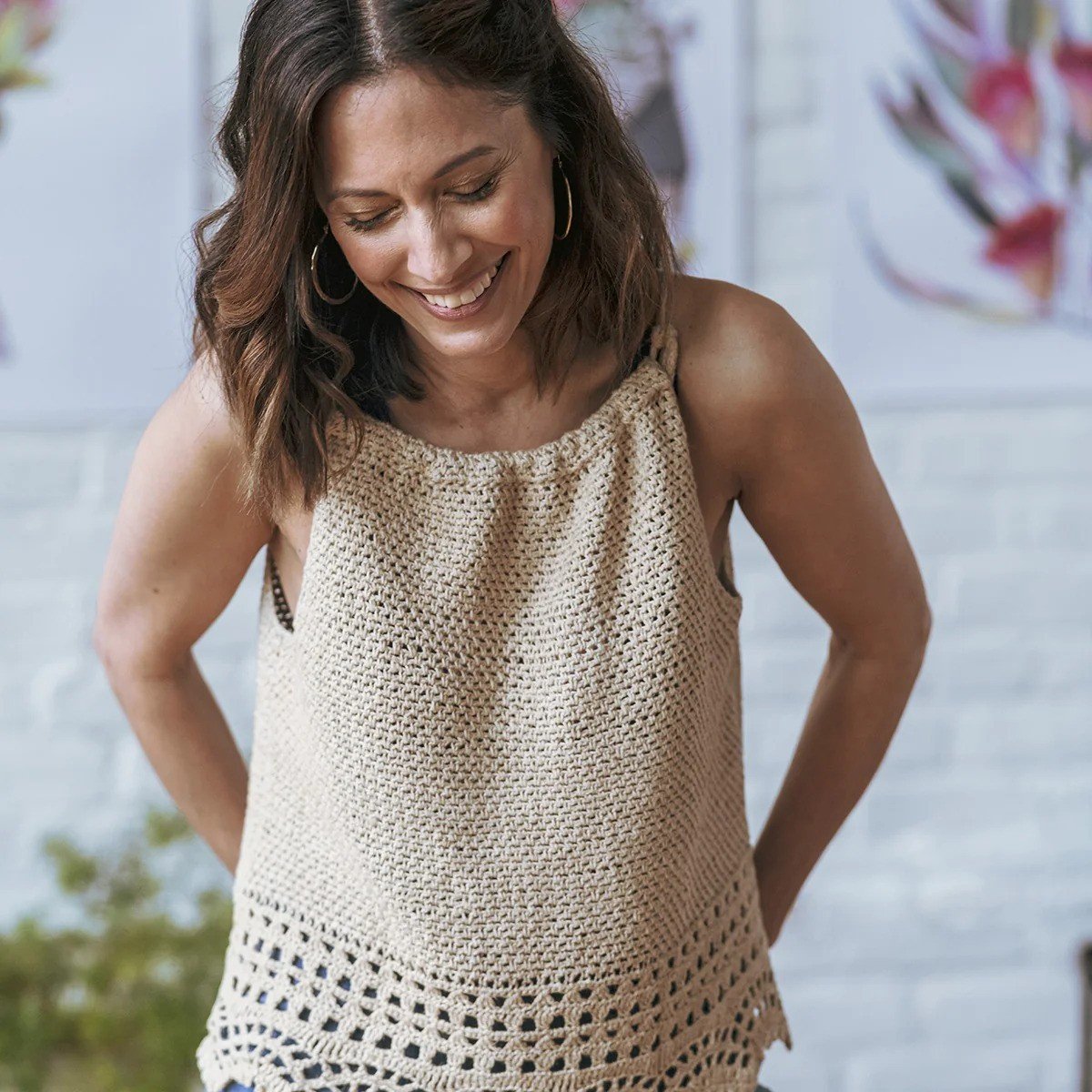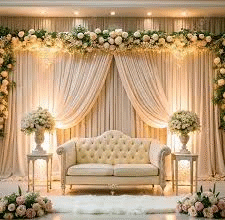Introduction
Crochet tops blend handmade charm with modern style, offering versatility that can move from beach days to city streets with a quick accessory swap. Whether you love the breathable texture of a summer crop or the tactile layering of a long-sleeve crochet top, these pieces bring personality to any outfit. This guide covers everything a reader needs to shop wisely, style confidently, and care responsibly for their crochet tops, with attention to materials, fit, seasonal looks, and sustainable upkeep. I’ll also include clear, practical FAQs at the end to answer common concerns like washing, sizing, and repair. The tone aims to be trustworthy and actionable so readers feel informed and encouraged to treat crochet tops as investment pieces that can last for seasons when chosen and maintained correctly.
Why crochet tops are having a moment
Crochet combines artisanal texture with on-trend silhouettes, which is why crochet tops keep popping up in streetwear and runway edits alike. The craft-forward look appeals to shoppers who want something tactile and unique compared with mass-produced knits, and designers keep reinventing crochet using modern patterns, unexpected yarn blends, and new color palettes. Beyond aesthetics, crochet’s openwork structure is practical: it breathes well in warm weather and layers beautifully in cooler months. Social and sustainability trends also fuel the resurgence consumers increasingly favor handmade, locally produced, or small-batch items, and crochet fits into that narrative when sourced and produced responsibly. The result is a garment that feels personal, stylish, and relevant to eco-conscious wardrobes, making crochet tops a durable trend rather than a fleeting fad.
Choosing the right yarn and fit
Selecting the correct yarn and fit is the foundation of a satisfying crochet top. Natural fibers like cotton and linen are breathable and soft excellent for summer but they can stretch slightly with wear. Cotton blends that include a small percentage of acrylic or nylon add resilience and shape retention, while luxury fibers such as bamboo or silk blends give a drapeier, more elevated finish. Pay attention to gauge and stitch density: tight stitches create structure and modesty; open lacework gives a breezy, transparent look that may require layering. For fit, measure bust and high-hip to choose a silhouette that flatters your body shape crop, boxy, or fitted keeping in mind that handmade pieces often need a little ease for comfort. If you’re buying handmade, ask the maker about intended stretch and recommended sizing; if you’re making one, swatch carefully and wash your swatch to understand how the yarn behaves after blocking.
Styling tips for every season
A crochet top’s styling potential is enormous: pair a delicate lace crop with high-waisted denim and sandals for a sunlit casual look, or layer a fitted long-sleeve crochet top under a blazer and trousers for a tactile office-appropriate outfit. In summer, use crochet as a light outer layer over a camisole or bikini; in transitional months, wear it over a thin turtleneck or under a denim jacket for contrast. For evening, select a crochet top with metallic or glossy yarn accents and combine it with tailored trousers and bold jewelry to elevate its vibe. Accessorizing matters: belts, structured bags, and sleek footwear balance crochet’s handmade softness. Color choice can shift the piece’s mood too soft neutrals read bohemian and effortless, while saturated jewel tones or monochrome black lend drama and polish. Versatility is key: choose one or two crochet tops that can be repeatedly restyled for different occasions.
Care, repair, and sustainability
Proper care keeps crochet tops beautiful for years. Always check fiber content and follow washing instructions: most natural fibers benefit from gentle hand-washing or a delicate machine cycle in a mesh bag, followed by flat drying to avoid stretching. Avoid high heat when laundering and steaming use low settings for blocking and reshaping. For small snags, carefully weave the yarn back into neighboring stitches with a blunt needle rather than cutting; for larger repairs, consult a local maker or learn basic darning techniques to match stitch patterns. From a sustainability perspective, investing in higher-quality yarns, supporting small makers, and mending instead of discarding all extend a garment’s life and reduce waste. When recycling, repurpose worn crochet pieces into trims, patches, or home crafthood projects. Thoughtful care and repair habits make crochet tops durable, cost-effective, and more environmentally friendly.
Conclusion
Crochet tops are more than a seasonal novelty they’re versatile, expressive wardrobe pieces that reward thoughtful selection and care. By choosing suitable yarns, prioritizing fit, and learning basic maintenance, you transform crochet tops into lasting favorites. Styling options run the gamut from carefree beachwear to refined evening looks, and a small investment in repair skills or professional mending goes a long way toward sustainability. Whether you’re buying handmade or choosing a ready-to-wear piece, treat crochet as an intentional choice: embrace its tactile beauty, respect its fiber needs, and enjoy the unique character it brings to your everyday style.
Frequently Asked Questions (FAQs)
Q: Can I machine-wash a crochet top?
A: It depends on the fiber. Many cotton and stable synthetic-blend tops can survive a gentle machine cycle inside a mesh laundry bag, but hand-washing and flat drying are safest for preserving shape and stitch definition.
Q: How do I prevent stretching?
A: Avoid hanging crochet tops to dry always dry flat. Choose yarns with good recovery (blends with a small percentage of synthetic fiber) and allow for minimal ease when sizing to prevent over-stretching during wear.
Q: What should I wear under a sheer crochet top?
A: Use a thin camisole, bralette, or fitted tank in a complementing or neutral color. For bolder styling, contrast colors can add visual interest; for a seamless look, match the top’s tonal family.
Q: Can crochet tops be professional or dressy?
A: Yes choose tighter stitches, refined yarns (silk blends, fine mercerized cotton), and pair with tailored pieces like blazers or high-waisted trousers to create polished outfits suitable for many professional settings.
Q: Is it worth buying handmade crochet?
A: Handmade crochet often offers superior attention to detail and unique patterns. If the price reflects quality materials and craftsmanship, it can be a meaningful, longer-lasting wardrobe addition.









